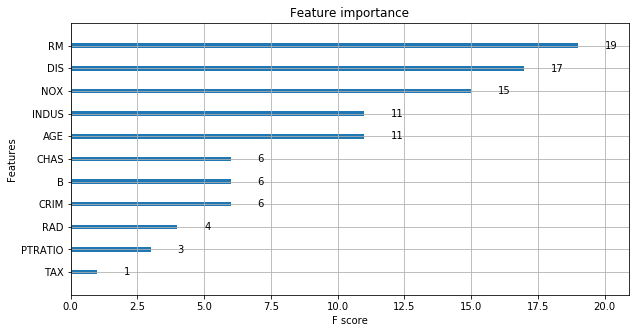


Decreasing learningrate prevents overfitting. learningrate0.05: Shrinks the weights of trees for each round of boosting. My intuition tells me that the grad and hess returned by logcoshobj are somehow ignored by the caller, since they remain constant with each invocation.ĭo let me know if there is any additional information you would like me to provide to help with this issue (if it turns out to be a real issue, and not user error, in which case I would like to apologize for wasting your time). By specifying a value for randomstate, you will get the same result at different executions of your code.
#PYTHON XGBREGRESSOR OBJECTIVE CODE CODE#

# 4: Fit a small dataset to a small result set, and predict on the same dataset, expecting a result similar to the result set. # 3: Create a XGBRegressor object with argument "objective" set to the custom objective function. There won't be any big difference if you try to change clf xg.train(params, dmatrix) into clf xg. # When reg.predict(X) runs, the gradient computed by the objective function logcoshobj is printed, and is non-zero. In your case, the first code will do 10 iterations (by default), but the second one will do 1000 iterations. Arguments (y_true, y_pred), return values (grad, hess).


 0 kommentar(er)
0 kommentar(er)
